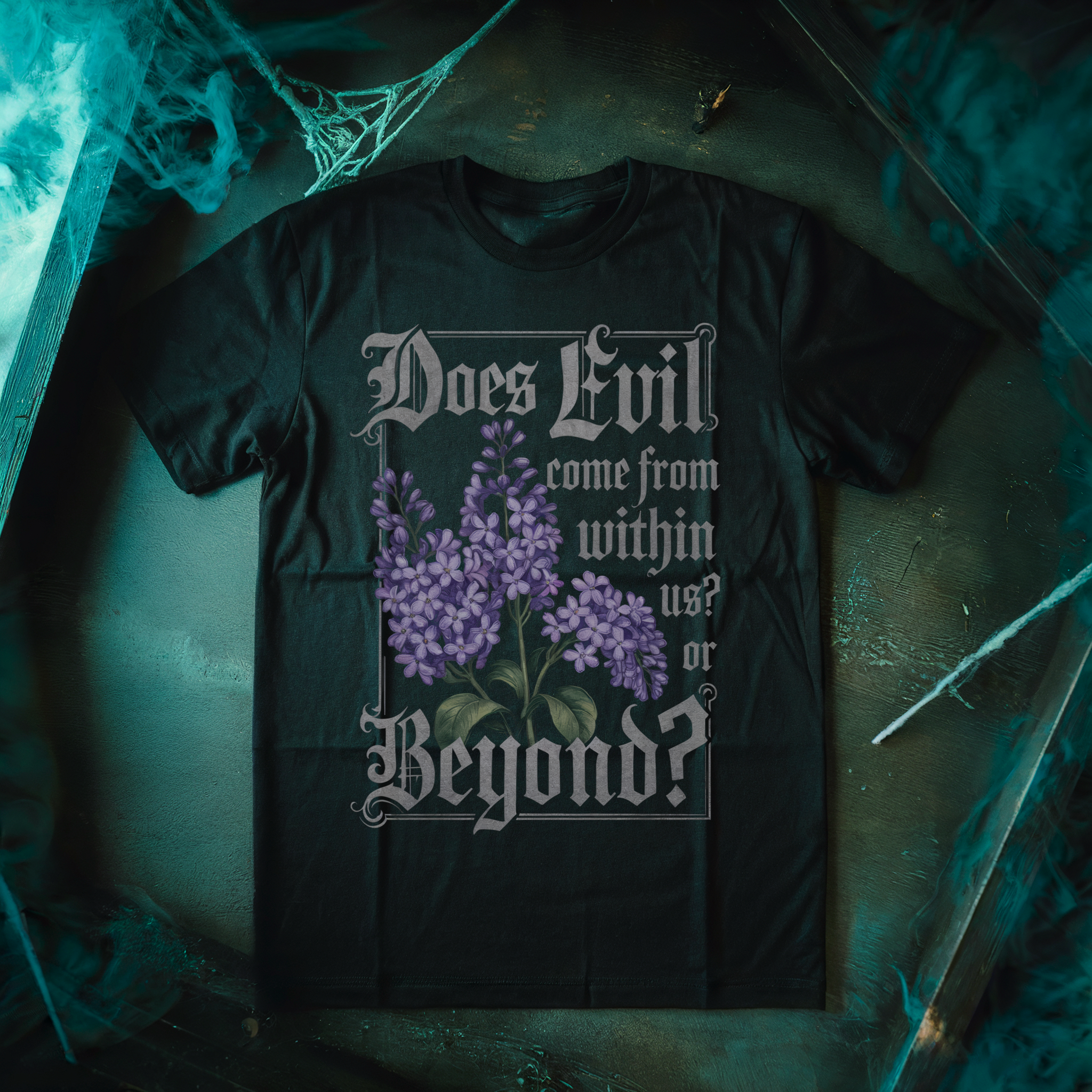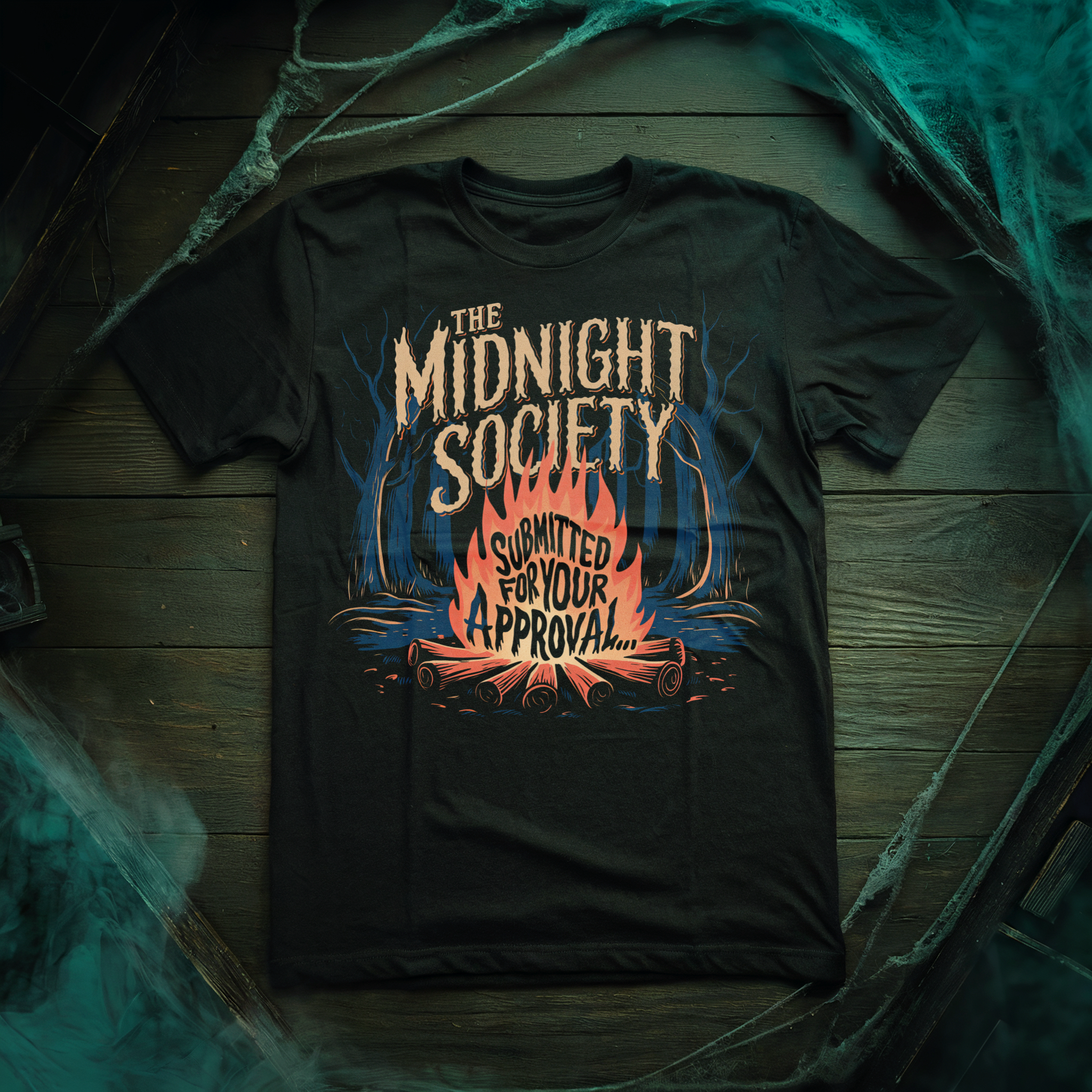Director Nicholas Pesce generated considerable buzz with his directorial debut, The Eyes of my Mother (2016). Now, with Piercing, he returns to the realm of unexpected, disorienting horror. This time the gore is served up with a side of black comedy, retro styling, and Lynchian surrealism.
“[Pesce] returns to the realm of unexpected, disorienting horror. This time the gore is served up with a side of black comedy, retro styling, and Lynchian surrealism.”
Based on the 1994 novel by Ryu Murakami, Piercing follows a new father, Reed (Christopher Abbott), fighting an urge to kill his infant daughter with an ice pick. In order to get it out of his system, he tells his wife he’s going on a business trip, sets up in a hotel room, and orders a call girl. He has a carefully rehearsed plan to commit an airtight murder. But Jackie (Mia Wasikowska), the escort who arrives, turns out to be far from his ideal victim. In fact, she’s just as unhinged as he is.
Jackie kicks off the violence minutes into her arrival, and Reed’s planned crime turns into a bloody game of cat and mouse. Piercing is also a strange sort of love story about two broken and twisted souls finding each other. As the night progresses, Reed sticks to his disrupted plans for murder, and Jackie toys with Reed. All the while, surreal hallucinations, and flashbacks offer a glimpse into the traumas that made Reed into a killer.
“The strength of Piercing lies in its stunning aesthetic style and in Mia Wasikowska’s performance.”
The strength of Piercing lies in its stunning aesthetic style and in Mia Wasikowska’s performance. From its opening credits on, the film hearkens back to crime films of the 60s and 70s. The period setting is ambiguous, with a mix of clothing styles, phone booths and rotary phones suggesting a different era without committing. The colors are richly technicolor and carefully coordinated, evoking giallo cinematic styling. Split screens are used to enhance the throwback look of the film, all while highlighting the theme of Reed and Jackie as twisted soulmates.
The film uses miniatures in its impactful production design. Endless rows of skyscraper windows rendered just surreally enough deliver a sense of terrifying sameness. Jackie’s apartment and the hotel room where Reed plans to kill both have a dollhouse aesthetic, inspiring us to imagine what might be occurring behind any given urban window. Is it that oppressive mundanity and anonymity that drives Reed and Jackie to violence? Or does it merely allow for twisted people to move through every city unnoticed? These deep thematic questions are primarily communicated through the look of the film, speaking to the strength of the production design.
Piercing’s soundtrack further adds to its vintage feel. Orchestral pieces straight from giallo films are mixed with saccharine 50s pop songs, all juxtaposed against horror and gore. It’s another way the film unnerves the viewer and creates an aura of black comedy.
But it’s Piercing’s surreal ambiguity that is both its strength and its downfall. We remain fairly consistently in Reed’s head throughout the film, keeping Jackie and the events surrounding her mysterious and unreadable. Does she want to be murdered? To commit murder? What does she really think Reed is up to? Is she disturbed or intrigued when she finds out? No real insight into these questions can be found in the script, so we only have Wasikowska’s performance to go off. Thankfully, it’s a hell of a performance. Mia Wasikowska is a wonderfully talented actress with a knack for emotional depth and inspiring empathy for her characters. Her Jackie is both wounded and in control. Without any backstory to guide the audience, Wasikowska’s performance offers deep emotional insight while still keeping us guessing.
Were it not for Wasikowska’s considerable talents, Piercing would be an exercise in style without much in the way of story or emotion to anchor it. The surreal moments of the film often work well, but the unclear distinction between what Reed is hallucinating and what’s really taking place is occasionally frustrating. A bizarre phone conversation with his wife (Laia Costa) halfway through the proceedings completely upends key themes of the film. And while it’s possible the chat is entirely in Reed’s head, it’s a confusing decision that waters down the impact of Reed and Jackie’s characters.
Piercing ends on a highly ambiguous note, and it feels too short. After pulling us in with so much style and intrigue, it left me wanting more. It speaks to many of the film’s strengths that I was utterly absorbed in its themes and fascinated by Jackie. But those shining moments only made my frustration with the lack of resolution more palpable.
“[Piercing is] a brilliant exercise in giallo style, has gore aplenty, and Mia Wasikowska is splendid.”
Despite its shortcomings, Piercing deserves to be seen and discussed by horror fans. It’s a promising sophomore entry from an emerging horror talent in Pesce. It’s a brilliant exercise in giallo style, has gore aplenty, and Mia Wasikowska is splendid. Just be prepared to come away feeling a bit starved for more.
Piercing is just one highlight of the impressive and unique lineup of the 7th Editon of Ithaca Fantastik Fest. Stay tuned for more reviews from the festival here on Nightmare on Film Street!








